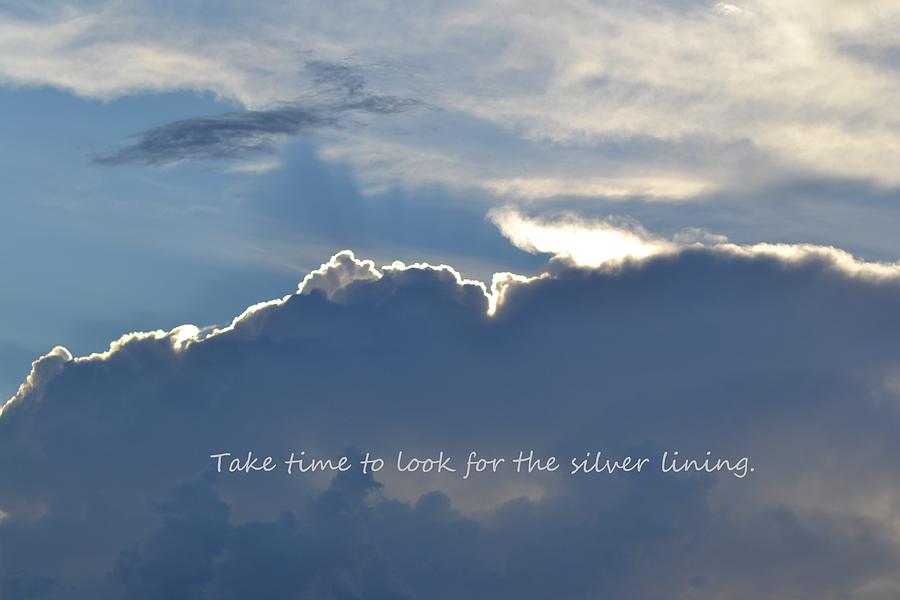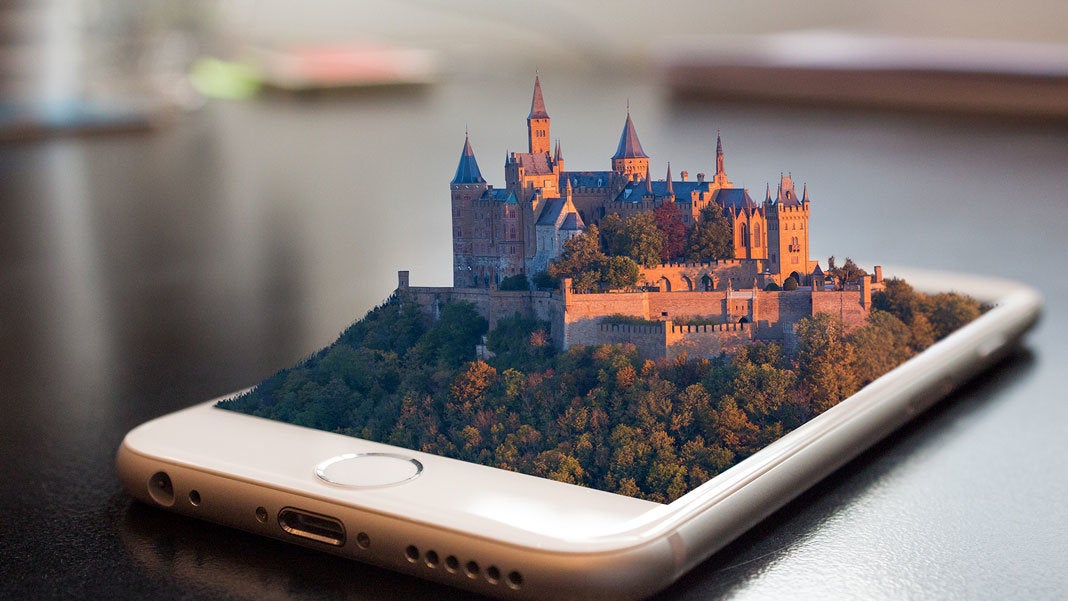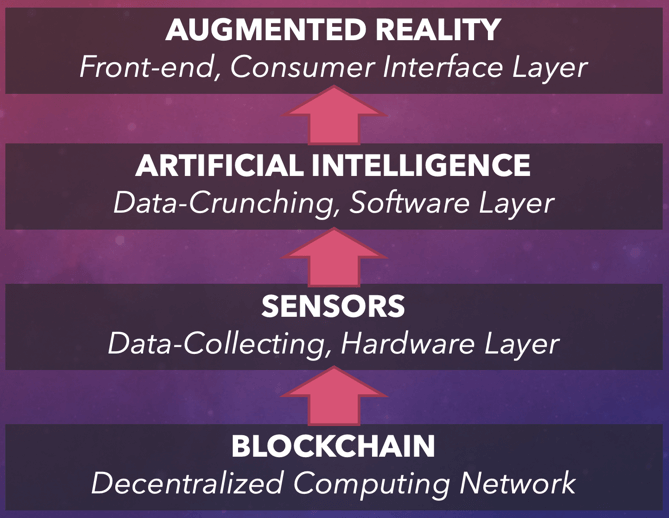The Next Smartphone Will Have IoT (Internet Of Things) Elements
For years, we’ve witnessed the relentless march of smartphone innovation. From retina-searing displays to lightning-fast processors, each new release seemed to outpace the last. But in recent times, the evolution of smartphones has felt… incremental. No longer are they dramatically better than the models from just a year or two ago. Instead, we’re stuck in an era of small tweaks and minor upgrades.
Yet, that might be about to change. We could be standing on the brink of a critical mass of innovation in the smartphone industry. The next generation of devices is set to redefine what we think a smartphone can be, integrating cutting-edge Internet of Things (IoT) elements to solve key pain points.
Always Connected: Satellite Internet
Imagine a smartphone with seamless internet access no matter where you are on the planet. No more dead zones or frantic searches for a Wi-Fi signal. Thanks to advances in satellite internet technology, smartphones could soon come equipped with always-on connectivity. This would unlock possibilities for travelers, adventurers, and even those in rural areas where traditional cell networks struggle to reach.
Self-Charging Devices
One of the perpetual frustrations of modern smartphones is battery life. What if you never had to worry about plugging in your phone again? Future devices could harness ambient light to charge themselves, whether it’s sunlight streaming through a window or the glow of indoor lighting. This revolutionary approach to energy capture could make battery anxiety a relic of the past.
A Hands-Free Future
Smartphones have always demanded our attention, requiring us to stare at screens and actively engage with them. But the next wave of innovation could free us from this constant interaction. Advanced sensors, voice commands, and AI-powered assistants will allow us to use our phones more passively. Picture a device that proactively responds to your needs, seamlessly integrating with your daily life without requiring constant input.
The IoT Revolution
These advancements point toward a future where smartphones are more than just devices—they’re nodes in an interconnected IoT ecosystem. Always online, self-sustaining, and unobtrusive, the next smartphones will blend into our lives more seamlessly than ever before. They won’t just be better versions of what we have now; they’ll be transformative tools that redefine how we interact with technology.
The era of incremental upgrades may be coming to an end. The next smartphone could be a leap forward, solving pain points that have frustrated users for years and heralding the dawn of a truly connected world. Are you ready for what’s next?




















